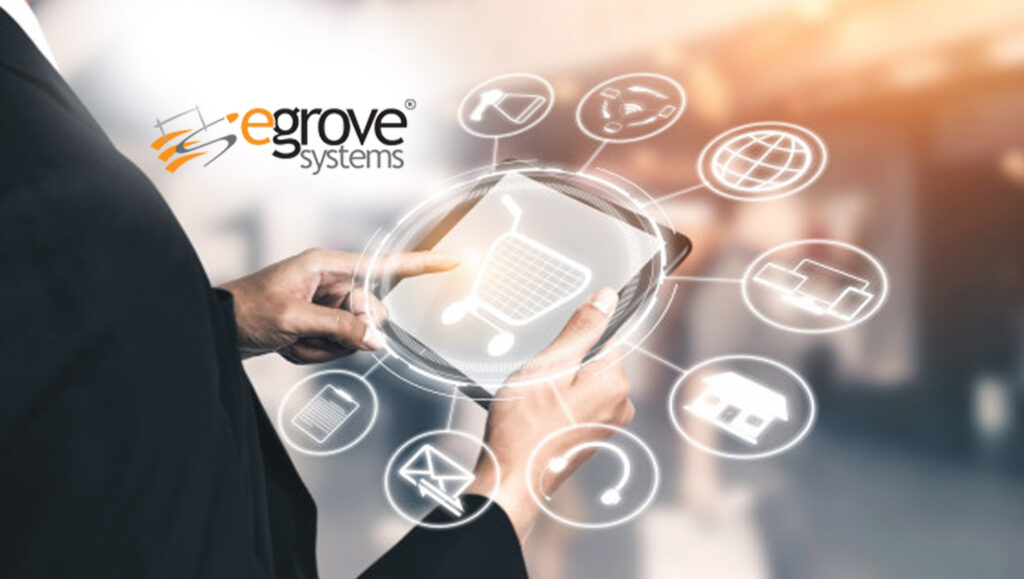The Elite mCommerce mobile app builder has released version 3.4 with new features for improved user experience, flexible shipping, customization features
The Elite mCommerce mobile app builder has released its new version 3.4 with added features for improved user experience, more cost-effective and flexible shipping, increased customization features, and better support for multi-seller marketplace apps. eGrove Systems is proud to help eCommerce businesses to expand their audience with top-of-the-line mobile apps.
Read More : 1touch.io Launches Strategic Channel Partner Program
Release Highlights:
Distance-based shipping:
The new version introduces a new distance-based shipping cost, letting sellers set the shipping cost based on km/miles from the store to the delivery location. Store admin can set a fixed shipping cost for a distance of several km/miles from the store and charge per km/mile after that, based on the distance to the delivery location.
The store admin must set a warehouse (store) origin in order to calculate the distance to the customer location destination. Seller-based distance shipping will calculate distance from the seller point or seller warehouse to the delivery location.
This feature offers greater flexibility in the distance-based rate, where the admin can set fixed charges or charges per unit km/mile.
Veg/Non-veg label:
Products can be marked Veg/ Non-veg from the backend. Customers can see if a product is vegetarian on the app and website if they prefer to purchase vegetarian products.
Set prime units and subunits(Weight-based Scrolling):
Customers can order using prime units such as (1 liter) and add subunits (400ml) and do the same for weight units such as kilograms and grams. For loose products like fruits, vegetables, or fresh milk, customers can order in quantities in the same way.
WhatsApp notifications to Admin and Customers:
On order placement, customers can receive notifications on their WhatsApp. WhatsApp notifications are sent to customers on other events such as invoices, credit memos, and offers. Customers can chat with store staff through WhatsApp.
Product offer ribbon labels:
Store admins can add ribbon labels over product offers and display products with ribbons on the top to mark them as special offers. They can add any number of products and display the offer ribbon over the products to show all current offers. Customers can easily view products with offer labels.
Read More : SalesTechStar Interview with Scott Norwalk, SVP Growth & Strategic Partnerships at Centerfield Corporation
Location-based seller navigation:
Customers can select the Delivery Location before shopping to see the sellers available in the selected location. This will help the customers browse local sellers and products with better accessibility.
The customer’s location can be easily auto-located from their device by using the Google Maps GPS features. Customers can change the delivery location on the home page.
Seller-based product navigation and purchases:
Customers can view categories and products separated by seller/vendor. Navigation is improved by including category and subcategory icons for a better UI classification.
Store Admin App-v2.0:
Tablet/iPad View has been added to the admin mobile app for better accessibility and usability for Store admins. Sellers can now easily mark products out of stock and manage prices from the app.
Seller-based delivery slots:
The store admin can set delivery slots specific to marketplace sellers. Each seller might have their own delivery slot availability which can be configured accordingly.
Customers buying from a seller can check out using the slots set up by that seller.
Simple delivery slots:
The store admin can configure delivery slots that are not dependent on postal codes, area, or seller. The store admin can simply add delivery slots based on the standard delivery availability of the admin.
Simple delivery slots avoid the need to configure separate area and seller-based slots, even if the platform is a multi-seller checkout system.
Autofill address form:
Users can fill in addresses more quickly based on their street address using autocomplete without needing to input an area code, state, or country manually.
Best-selling products on homepage:
Best-selling products can be identified based on past sales history. They can then be displayed on the home page to promote popular items to customers. Any number of best-selling products can be displayed on the home page as a marketing strategy.
Product positioning on sorting:
Products can be positioned as desired by the store admin. Store admins can assign position numbers to the products in the backend to set the display position of items.
New OTP-based login method:
We introduced a new OTP verification code system for logins as an alternative to email-based logins, letting customers create an account quickly after installing the app.
Delivery tracking for the customer:
Customers can track delivery progress from the app and call the delivery driver or partner from the app.
User Experience Improvements:
Several tweaks have been made for a faster and more convenient user experience. Customers can now view all categories by clicking on the link on the home page. They can view categories and subcategories. A new category page view lets them view categories without image icons. Customers can toggle between subcategories of the same categories and view product listings. This makes it easier to switch between subcategories for a faster user experience.
Apps now offer faster navigation through the footer menu which allows navigation to Home, Categories, Account, and Settings. This helps customers easily navigate to the most important pages on the app. A new Search screen has been added to marketplace-based apps for a better UI experience. Customers can log out in one click thanks to a new logout button in the app menu.
Read More : Find Your Future Music Fans By Making Better Use of Digital Ads





















